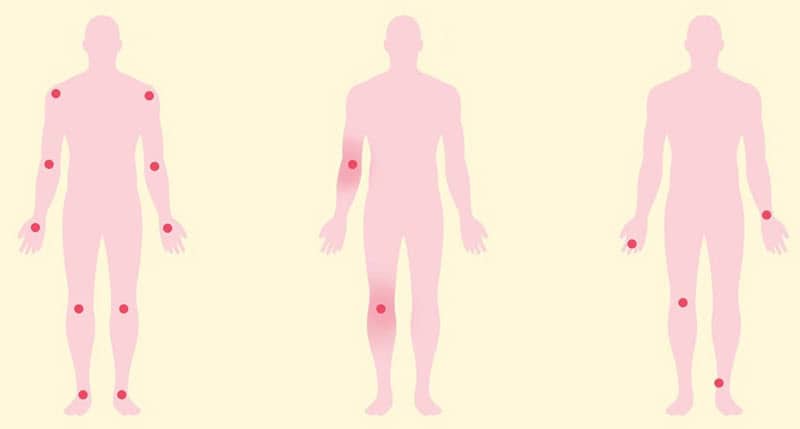Symmetrical Joint Pain

Joints are a connective structure of bones and cartilage in the skeletal system that function mostly in pairs of two, like the hands and wrists, knees and feet, and elbows and shoulders. Some types of arthritis (e.g., rheumatoid arthritis) have a symmetrical painful effect on the joints. It means that both joints are similar, facing each other or around an axis. In this case, having a left and right counterpart; that is, left and right knees, hands, feet, and so on.
In the early development of arthritis, joint pains are usually felt on one side of the body. For instance, pain is felt either on the left knee and foot or the right wrist and elbow. This is called asymmetrical arthritis effects on the joints. However, as arthritis progresses with time, some persons will likely develop a symmetrical effect that causes the same joints on both sides of the body to feel the pain occurring. When joint pains reach a symmetrical phase, arthritis should be getting worse.










